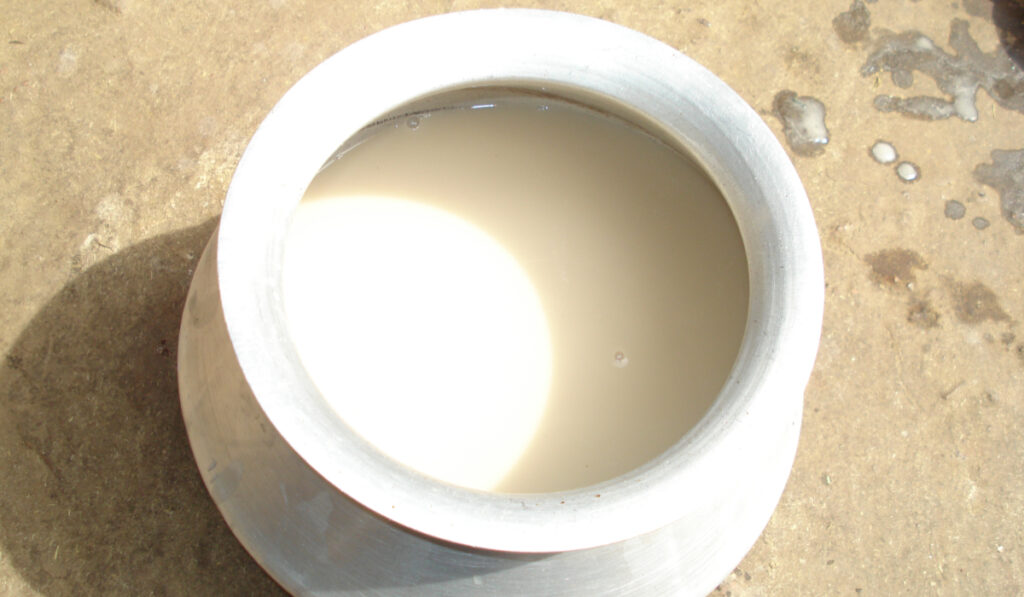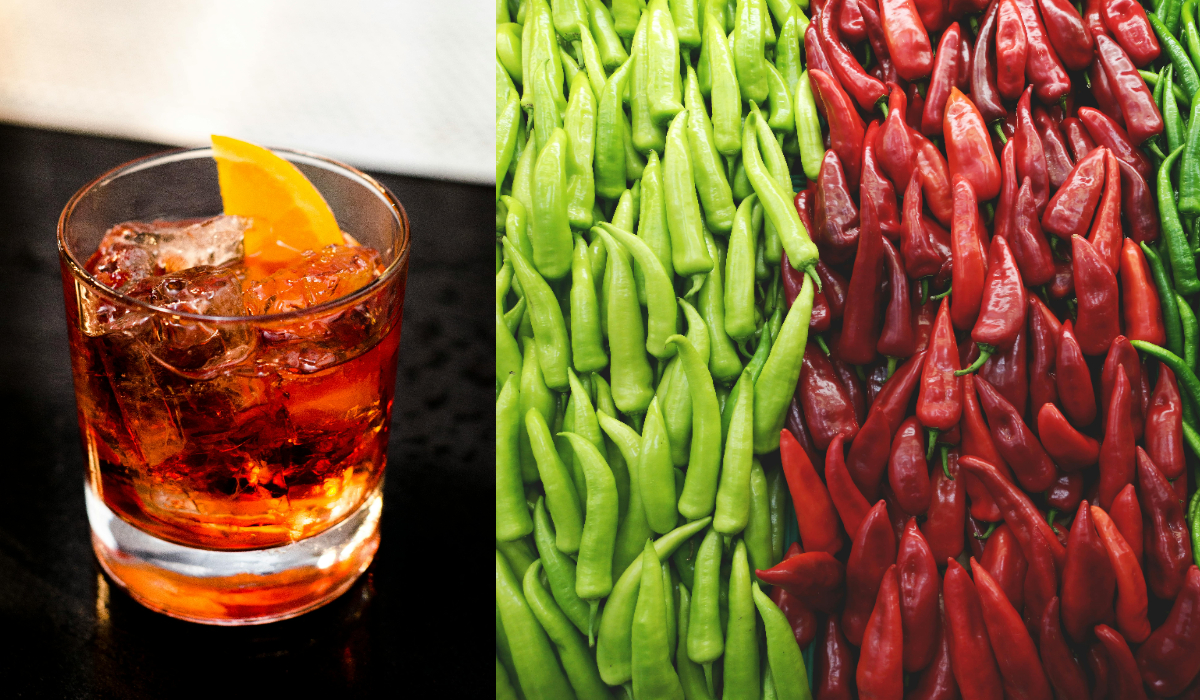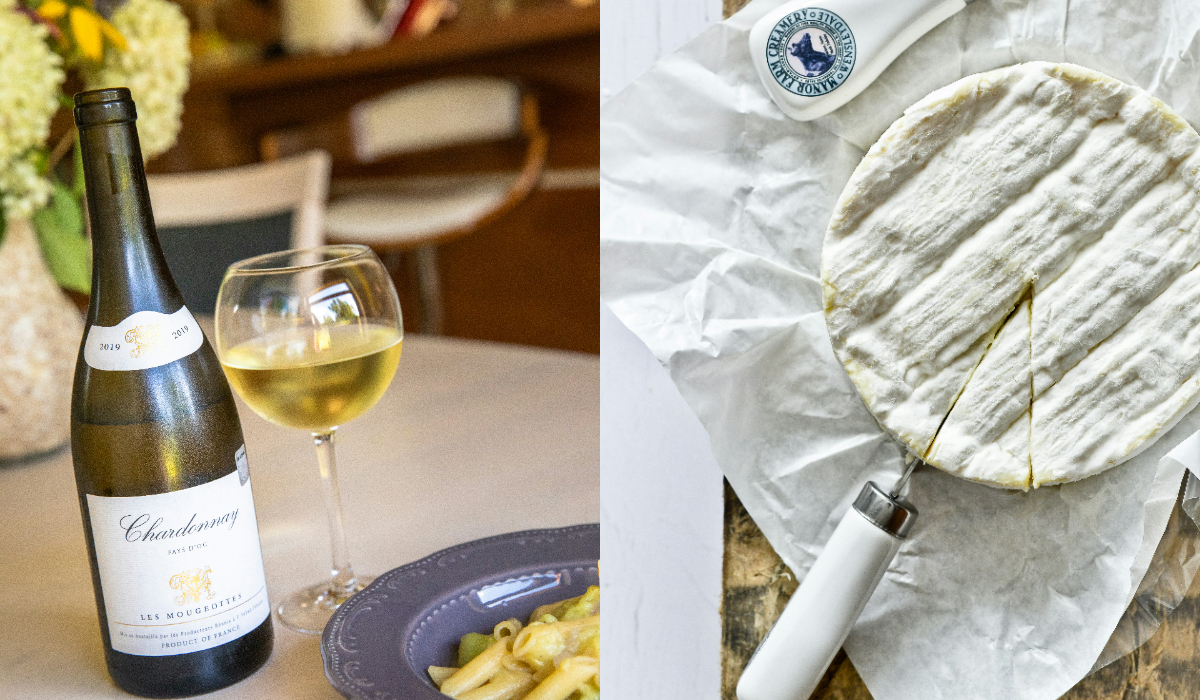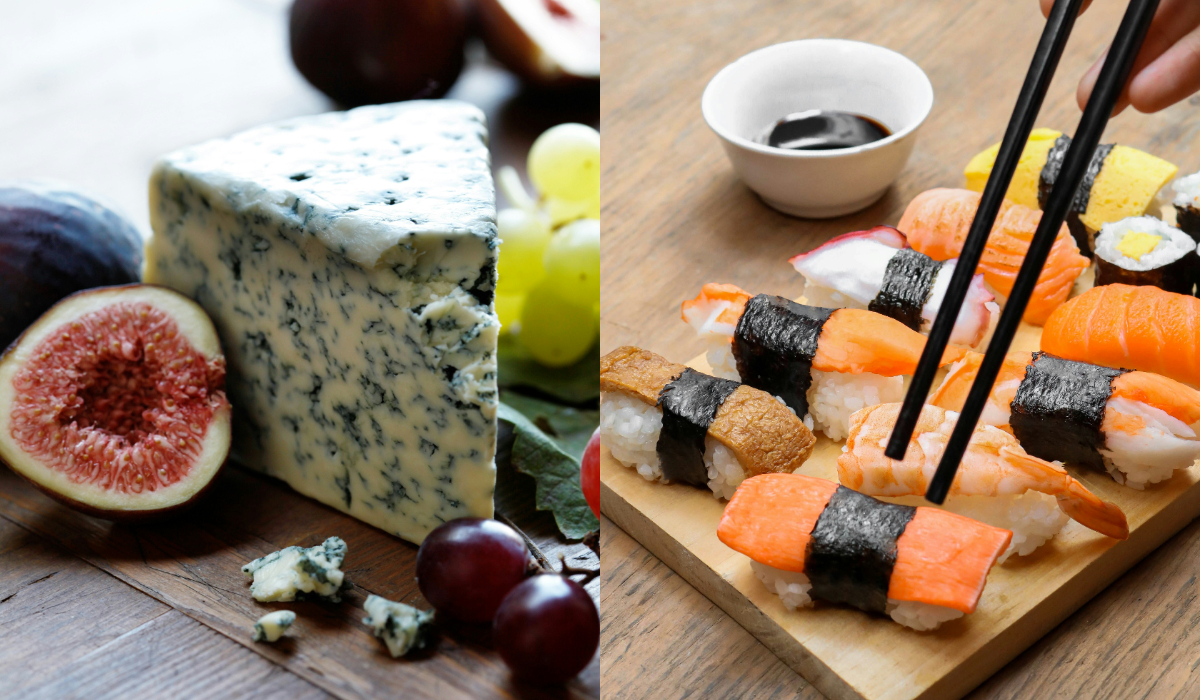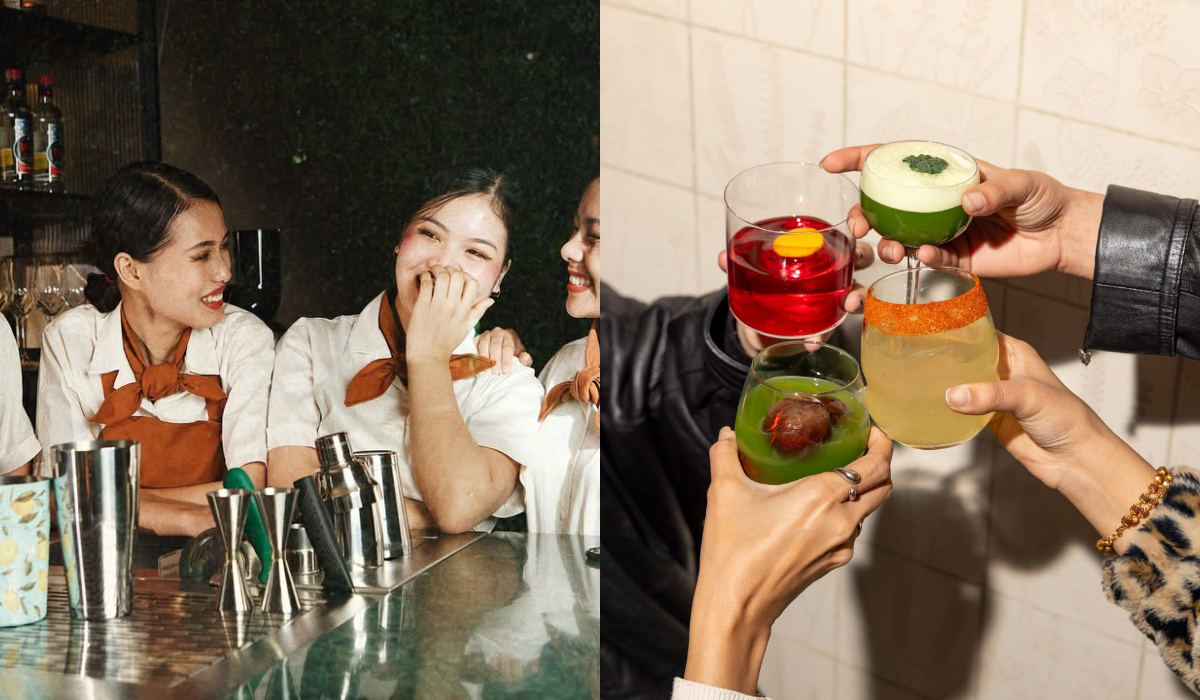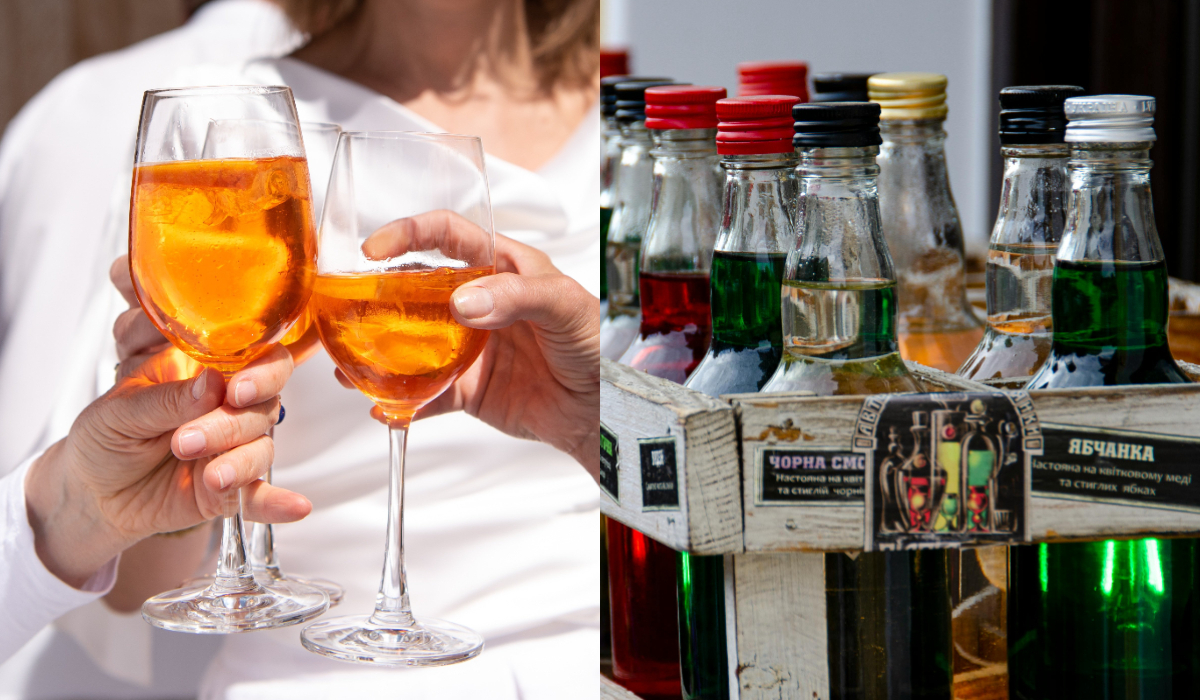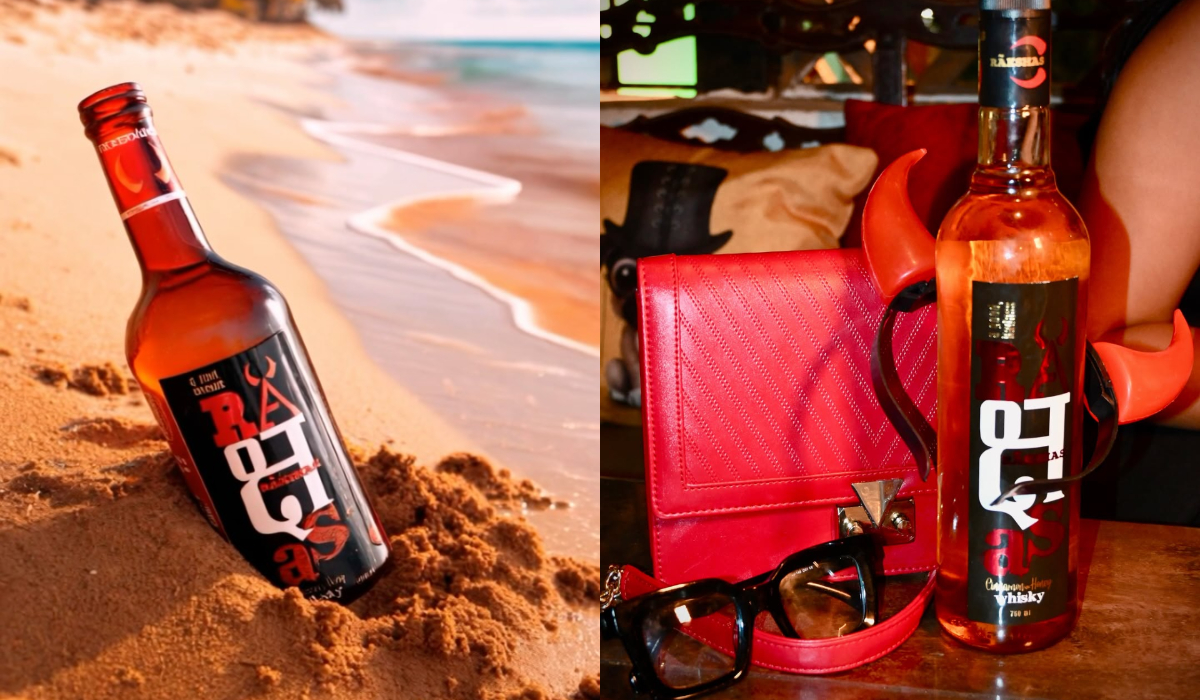Traditionally fermented alcoholic beverages are quite common in India’s villages and tribal communities, with most of them being made of rice. One of the most prominent rice-based alcoholic beverages amongst them is ‘Handia’ or ‘Hadia’. Made in Jharkhand and some parts of Madhya Pradesh and Chattisgarh, the tangy drink holds cultural significance for the tribal communities that’ve been producing the drink for centuries. Let’s take a deep dive into what this alcoholic beverage is.
Handia – How Does It Get Its Name?
The word ‘handia’ has likely originated from the word ‘handi’ which refers to the deep, wide-mouthed vessel commonly found in Indian kitchens. The ‘handi’ is used to make this beverage, which is why it is fondly referred to as handia.
How Is Handia Made?
To make Handia, the tribal communities make use of the good, old fermentation technique. This technique uses microorganisms like bacteria and yeast to convert sugars and starch into alcohols and acids.
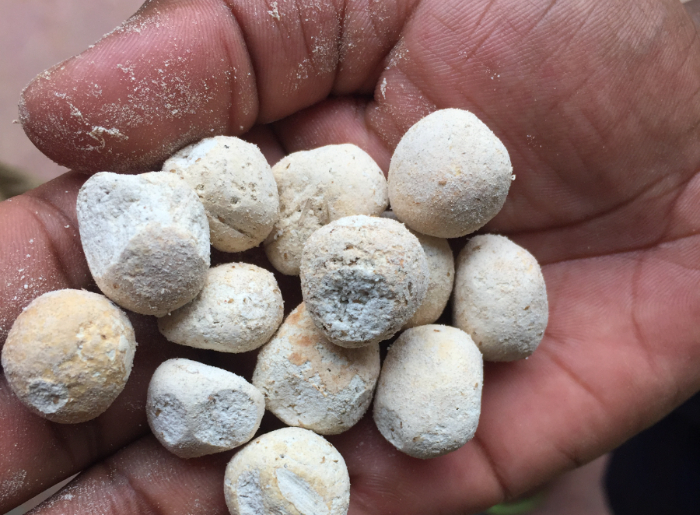
In the making of handia, the first step is to make small, round ‘ranu’ tablets. These tablets act as fermentation starters and are made from a plethora of herbs available in the jungle. These white tablets are then mixed and mashed with boiled rice and the ranu + rice mixture is then left to ferment in earthen pots or ‘handis’. Within a week’s duration, the ranu tablets work their magic and transform boiled rice into delicious and healthy handia.
The traditional rice-based beverage has a lower alcohol content than most other alcoholic beverages out there. It just has about 3 to 4% ABV. In fact, it is commonplace to find this beverage being consumed quite casually – you’ll also find it being sold on roadside stalls and local markets.
Also Read: Apong: A Northeast Indian Drink Made Exclusively By Women
Significance Of Handia In Central India
Handia is more than just an alcoholic drink in Central India’s tribal communities and villages. In fact, it is a symbol of hospitality and generosity. It is often served during festivals, weddings, and other celebrations and families and communities gather together to relish this drink. This is not just the case with Handia, there are several other drinks like Apong, Zawlaidi, Mahua, Tongba, and Zutho that hold cultural importance in their respective communities.
The people making and consuming Handia believe that it has medicinal properties and that it acts as a natural coolant for the gut. Whether it is scientifically accurate or not, the communities of Jharkhand surely love a good cup of handia any time of the day!
Also Read: Prohibition Era – Everything You Need To Know About This
Summing Up
In a long list of India’s traditional alcoholic beverages, Handia is a drink that has been preserved for centuries. Though the drink has followed a systematic manufacturing procedure in India’s tribal communities, today it is conveniently categorized as desi liquor. This categorization does more harm than good to the drink. The tag of ‘desi liquor’ signifies that the drink is of lower quality and sold for the sake of it. However, the traditional, culturally significant drink is everything but that!
FAQs
What Is The Alcohol Content Of Handiya?
The alcohol content of Handiya is about 3 to 4%.
What Are The Benefits Of Drinking Handia?
Handia is considered to be cool for the gut and is also thought to be rich in probiotics. The drink aids in digestion too, whereas the herbs in Ranu tablets give the drink its medicinal properties.
How Much Alcohol Is In Mahua Drink?
Mahua has approximately 11 to 12% alcohol content.
